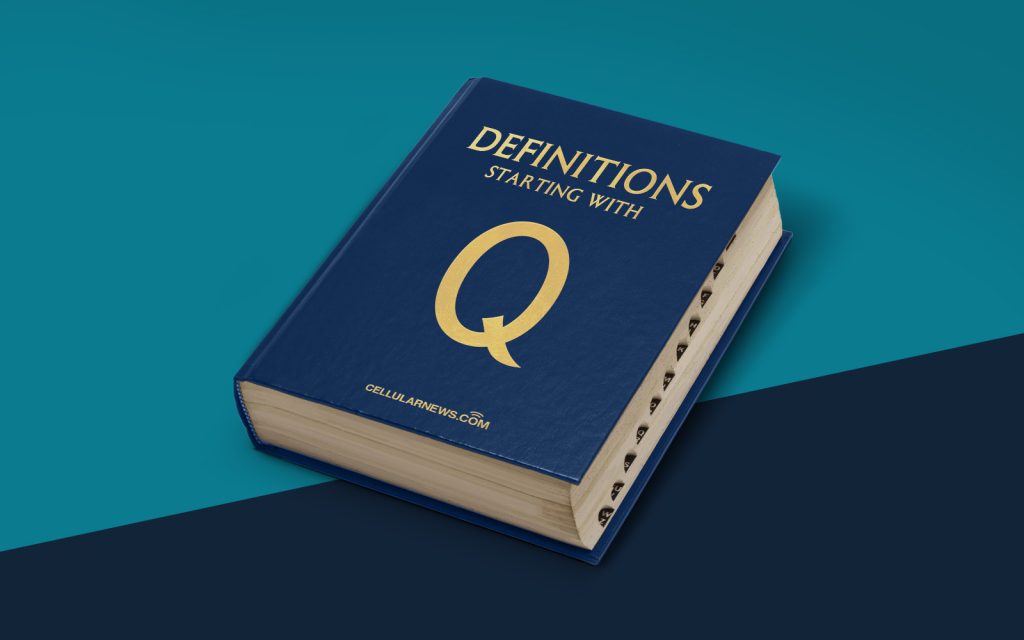
Understanding Q-learning: A Brief Introduction
Have you ever wondered how machines learn to make decisions? How do they figure out the best course of action in complex situations? The answer lies in a technique called Q-learning. In this article, we will explore the basics of Q-learning, its key concepts, and how it can be used to enhance the capabilities of artificial intelligence systems.
Key Takeaways
- Q-learning is a reinforcement learning algorithm that helps computers make intelligent decisions by iteratively learning from their own experiences.
- It uses a table called a Q-table to store the action-value functions, which represent the expected utility of taking a certain action in a specific state.
The Concept of Q-learning
Q-learning is a type of reinforcement learning algorithm that enables computers or artificial agents to learn from interaction with an environment and make decisions based on the experiences gained. It falls under the umbrella of machine learning and is widely used in various fields, including robotics, gaming, and optimization problems.
The Q in Q-learning stands for quality, and the algorithm is all about learning the optimal quality or value of actions in a given state. The goal of Q-learning is to find the most optimal policy, which is a set of actions that maximizes a reward over time.
Q-learning utilizes a table called a Q-table to store the action-value functions. These functions represent the expected utility of taking a certain action in a specific state. Initially, the Q-table is empty, and the agent explores the environment by taking random actions. After each action, the agent receives feedback in the form of a reward, which it uses to update the Q-table values. Over time, the agent learns the optimal actions to take in different states to maximize the cumulative rewards.
The Q-learning Process
Here’s a step-by-step breakdown of how Q-learning works:
- Initialize the Q-table: Create a Q-table with rows representing states and columns representing actions. Initially, all Q-values in the table are set to zero.
- Choose an action: Select an action to take based on the current state. This can be done by either following a predefined policy or using an exploration-exploitation strategy.
- Perform the action: Execute the chosen action in the environment and observe the next state and the reward received.
- Update the Q-table: Use the observed reward and the Q-table to update the Q-value for the chosen action in the current state. The update equation is based on the Bellman equation for optimal control.
- Repeat: Repeat steps 2-4 until the algorithm converges or a predefined number of iterations is reached.
Advantages and Applications of Q-learning
Q-learning offers several advantages over other reinforcement learning algorithms, making it a popular choice for solving complex decision-making problems:
- Model-free learning: Q-learning does not require prior knowledge of the environment’s dynamics, making it suitable for situations where the system dynamics are unknown or difficult to model.
- Optimal policy determination: Q-learning helps in finding the optimal policy that maximizes the expected cumulative reward over time, providing a solid foundation for making intelligent decisions.
With its versatility and effectiveness, Q-learning finds applications in various domains:
- Robotics: Q-learning is extensively used in robotics to enable robots to learn and optimize their actions in dynamic environments, allowing them to perform tasks efficiently.
- Gaming: Q-learning has been applied to game-playing agents, allowing them to learn and improve their strategies by exploring different actions and receiving feedback through rewards.
- Optimization problems: Q-learning can be utilized to solve complex optimization problems, such as resource allocation, routing, scheduling, and many more.
Q-learning continues to be an exciting area of research, with ongoing developments aimed at improving its efficiency and scalability. By harnessing the power of Q-learning, we can unlock new possibilities for machines to learn and make intelligent decisions in a variety of domains.
